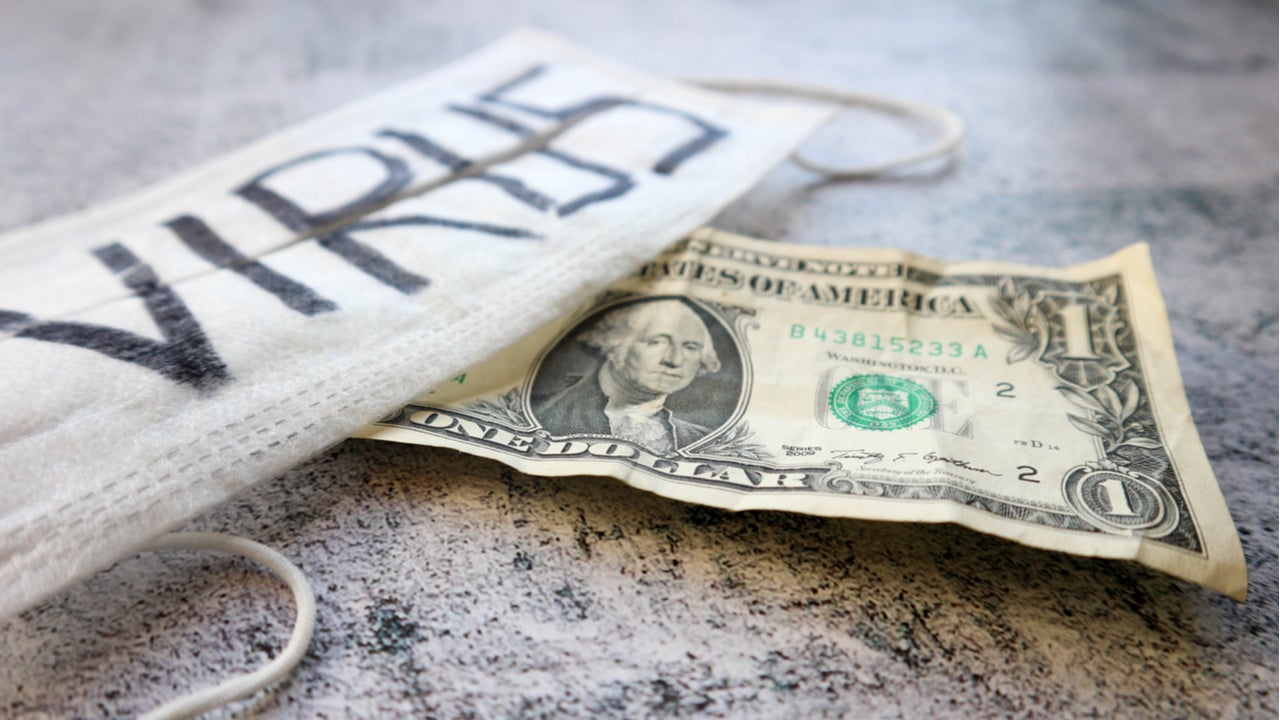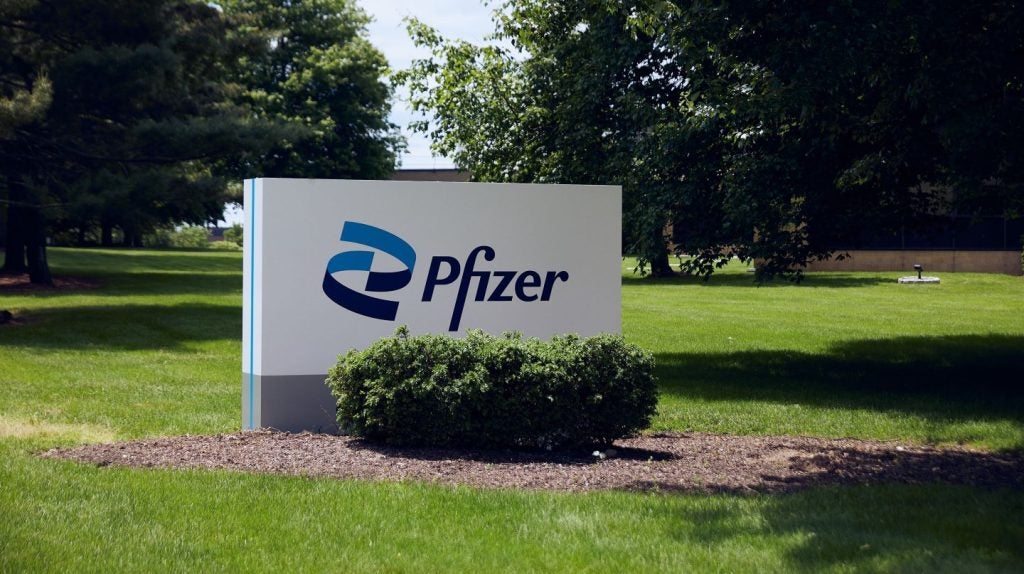
Economists believe that despite donor contributions, the funding for coronavirus humanitarian relief measures has been able to cover merely half of the global population. Over 25,000 health and humanitarian personnel from 397 organisations were transported on about 1,450 flight to provide immediate assistance.
Adam Tooze
Adam Tooze, the director of the European Institute, shared an article on how the initial funding of $29bn to curb the coronavirus pandemic surged to $39bn in mid-November to support nearly 265 million of the 441 million people across 64 countries. The Global Humanitarian Overview for 2020 found that donors gave approximately $17bn to inter-agency plans towards the end of November 2020. However, despite the generous contributions, the gap between requirements and funding has never been larger, approximately $22bn.
The overview for 2021 further revealed that 235 million will need humanitarian assistance in the year ahead, indicating 1 in 33 people need help globally compared to 1 in 45 people in the previous year. The United Nation (UN) and partner organisations are working towards protecting almost 160 million people across 56 countries with funding requirements of approximately $35bn.
Despite the pressure of the pandemic on donor economies, additional funding was secured on several occasions, the article detailed. However, humanitarian organisations and non-governmental organisations (NGOs) continue to be underfunded and have been unable to carry out activities planned in 2020.
Humanitarian shortfall: in context of COVID-19, funding requirements to support 265 m of 441 m people in greatest need in 64 countries surged to $39 bn.
But funds cover less than 1/2! How is this even a question? We need an automatic mechanism! https://t.co/Q1Mxv2KnJY pic.twitter.com/NH7e7bEv0P— Adam Tooze (@adam_tooze) December 10, 2020
How well do you really know your competitors?
Access the most comprehensive Company Profiles on the market, powered by GlobalData. Save hours of research. Gain competitive edge.
 Company Profile – free sample
Company Profile – free sampleThank you!
Your download email will arrive shortly
Not ready to buy yet? Download a free sample
We are confident about the unique quality of our Company Profiles. However, we want you to make the most beneficial decision for your business, so we offer a free sample that you can download by submitting the below form
By GlobalData
Gregory Daco
Gregory Daco, an economist, shared a Wall Street Journal (WSJ) survey that found that US economic recovery will cool further before getting a vaccine boost in the second quarter of 2021. Daco states that real-time data point at a slow entry into 2021, with the health situation deteriorating, employment softening and moderate spending.
Economists have also slashed their earlier projections of economic growth and job creation in the first quarter of 2021 but raise it for the second quarter, the article noted. The recent surge in coronavirus cases and logistic challenges involved in distributing the Covid-19 vaccines across the country will be the major drivers for the slowing down of the economy in the first quarter.
Forecasters have predicted the US economy to expand at a 1.9% annual rate between January and March 2021, a decline from 3.3% growth recorded in November. The labour market is also expected to add less than 295,000 new jobs every month during the first quarter, down from 440,000 according to the November survey, the article noted.
However, the rollout of coronavirus vaccines in the second quarter will not only add points to the annualised growth rate, but also accelerate jobs and hiring in the US.
In @WSJ survey, forecasters lower the outlook for growth & jobs in Q1 '21 but raise it for Q2
Spoke to @HarrietTorry @anthonydb: "Real-time data point to a slow entry into 2021 w/ the health situation worsening, employment softening & spending moderating"https://t.co/aDIQsFnnC2
— Gregory Daco (@GregDaco) December 10, 2020
Claudia Sahm
Claudia Sahm, an economist, re-tweeted about the hidden fourth wave of the pandemic in the US being severe psychic distress. According to a new Gallup survey, Americans’ assessment of mental health has been the worst since the past two decades, the article highlighted.
Ken Duckworth, the chief medical officer of the National Alliance on Mental Illness, states that it will not be a great year for those with a prior history of mental health illness or those suffering from seasonal affective disorder, a condition marked by depression due to reduced exposure to sunlight. In addition, social isolation, fewer connections, and uncertainty around the virus crisis, is most likely to add to the stress and anxiety of people.
The US has been struggling to keep up with mental health problems, much before the pandemic and greater now, with rural and marginalised communities in the urban setting most affected. In June, the Centres for Disease Control and Prevention (CDC) reported 40% of the US adults to be suffering from one severe mental or behavioural condition as a result of the pandemic.
https://twitter.com/nytopinion/status/1336824292756033536






